The Calathea orbifolia, known for its wide, rippling leaves and distinctive silver-green stripes, is one of the most admired tropical houseplants of modern interior design. Its beauty lies not just in its lush shape but in the almost metallic sheen that catches light like satin fabric.
But what exactly causes these silvery green patterns? And why do some Calathea orbifolia plants lose that shimmer over time, fading into duller greens? Understanding the biology and environment behind this plant’s color is the key to keeping it looking radiant all year.
Let’s explore the science behind its striking pattern — and the steps you can take to maintain that mesmerizing silver glow.
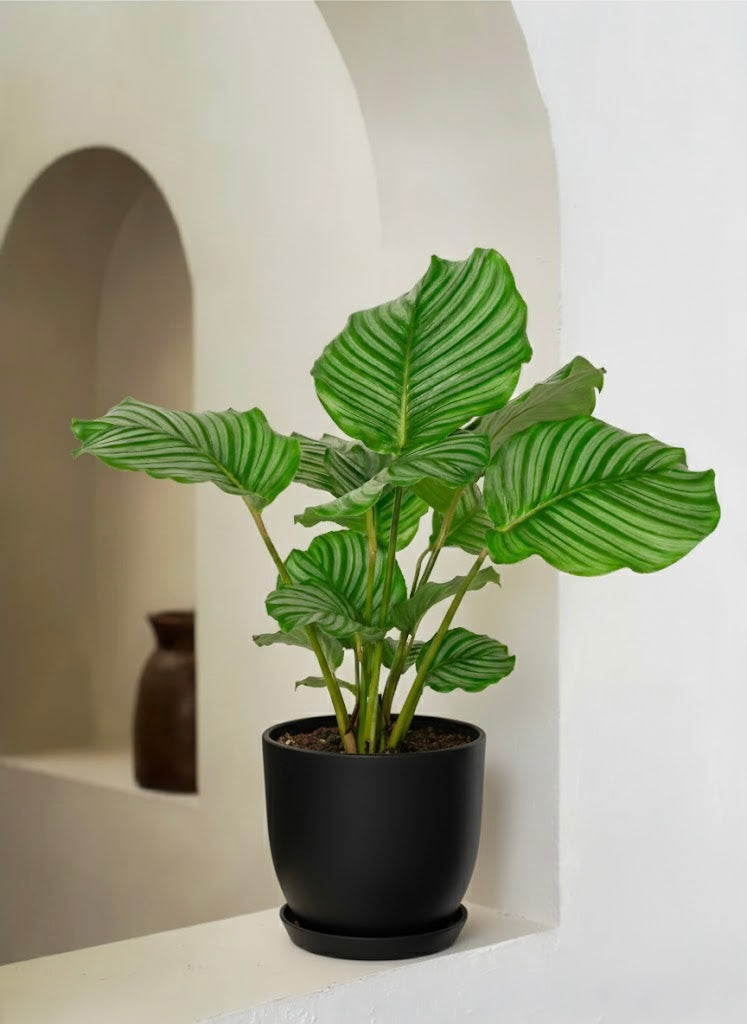
1. The Science Behind Calathea Orbifolia’s Silver Patterns
Every Calathea orbifolia leaf is a natural masterpiece of pigmentation and light reflection. The patterns you see — alternating dark and silvery-green stripes — result from microscopic differences in leaf structure and pigment concentration.
A. Chlorophyll Distribution
The green color in leaves comes from chlorophyll, the pigment that captures sunlight for photosynthesis. In Calathea orbifolia, chlorophyll is distributed unevenly across the leaf surface.
- The darker stripes have higher concentrations of chlorophyll, allowing the plant to absorb more light.
- The lighter, silvery bands contain fewer chloroplasts, reflecting light rather than absorbing it.
This combination helps the plant optimize light intake in its native tropical understory, where sunlight filters through dense canopies.
B. Microscopic Cell Structure
The silver effect comes from light refraction — how light bounces and bends across the leaf’s upper layers.
The Calathea’s epidermal cells have a unique multilayer structure that acts like a prism, scattering light in a way that produces a metallic sheen. These “optical cells” are similar to those found in butterfly wings or beetle shells that appear iridescent.
C. Adaptive Advantage in Nature
In its native Bolivian and Brazilian rainforests, Calathea orbifolia grows under shaded, humid canopies. The silvery surface may help:
- Diffuse sunlight across the leaf to prevent burning.
- Reflect excess infrared radiation, keeping the leaf temperature stable.
- Camouflage the plant from herbivores through reflective blending with dappled light.
So, the silvery green isn’t just beauty — it’s an evolutionary strategy.
2. Why Some Calathea Orbifolia Lose Their Silver Sheen
If your Calathea’s leaves have turned plain green or appear faded, it’s likely a sign of environmental stress. Several factors can cause loss of contrast or discoloration.
A. Too Much Direct Sunlight
While the plant needs light for photosynthesis, strong direct sunlight can break down chlorophyll and damage epidermal cells. The result?
- Faded, bleached silver lines
- Crispy edges or brown spots
Indirect, filtered light keeps the color vibrant without burning the reflective layer.
B. Low Humidity
Calathea orbifolia thrives in 60–70% humidity. Dry air causes microscopic cracks in the leaf surface, dulling the shine. Without consistent moisture, the light-scattering properties of the cells are lost, turning the silver into a matte green.
C. Water Quality Issues
Tap water high in fluoride, chlorine, or salts can damage roots and restrict nutrient absorption. Over time, this affects chlorophyll balance, leading to muted stripes or yellowing veins.
Using filtered or rainwater restores the plant’s natural sheen.
D. Nutrient Imbalance
Lack of essential micronutrients — especially magnesium and iron — disrupts chlorophyll formation. The leaves may turn pale or lose definition between dark and light zones.
Feed your Calathea with a balanced liquid fertilizer diluted to half strength every 3–4 weeks during growth season.
E. Age of Leaves
Older leaves naturally fade as chlorophyll breaks down and the plant redirects energy to new growth. The lower leaves may lose their contrast while new leaves maintain a silvery brightness. Regular pruning helps keep the plant visually lush.
3. How to Encourage Silvery, Healthy Growth
Now that you know what dulls the shine, let’s talk about how to bring it back. Here’s how to encourage those signature reflective patterns.
A. Perfect Lighting Conditions
Mimic the dappled shade of a rainforest floor:
- Place your Calathea orbifolia near an east-facing window for gentle morning light.
- Use sheer curtains to diffuse harsh afternoon rays.
- In darker homes, supplement with LED grow lights for 10–12 hours a day.
Keep light consistent — frequent relocation can stress the plant and dull new leaves.
B. Maintain High Humidity
Humidity is key to gloss and color depth.
- Use a humidifier or place a pebble tray with water under the pot.
- Group plants together to create a shared moisture zone.
- Mist lightly in the morning (not at night) to avoid fungal issues.
Regular moisture allows the reflective cells to maintain elasticity, preserving that silvery sheen.
C. Use Filtered or Distilled Water
Water quality has a direct impact on color. Use:
- Filtered water free of chemicals
-
Rainwater or distilled water
Avoid cold water — always let it sit to reach room temperature before watering. Cold water shocks the roots and leads to stress lines or faded patterns.
D. Balanced Nutrition
Feed monthly with a nitrogen-rich, iron-balanced fertilizer during spring and summer.
For organic options, banana peel or rice water (properly diluted) can add potassium and micronutrients that enhance pigment quality.
Stop feeding in winter — overfertilization can cause mineral buildup, which dulls the leaf surface.
E. Gentle Cleaning Routine
Dust accumulation blocks light reflection and makes silver stripes look dull. Every two weeks:
- Wipe each leaf with a soft, damp microfiber cloth.
- Avoid leaf-shine sprays — they clog pores and alter natural reflection.
- For extra care, add one drop of mild natural soap per liter of water when cleaning to remove grime safely.
4. The Role of Temperature and Air Circulation
The ideal temperature range for maintaining strong pattern contrast is 18–27°C (64–80°F).
Below 16°C, the plant’s metabolism slows, and chlorophyll regeneration weakens, causing color loss.
Keep your Calathea away from:
- Drafty windows in winter
- AC or heater vents
- Direct fan airflow
Steady, warm air with mild circulation mimics its tropical habitat and prevents edge browning.
5. The Psychological & Aesthetic Side of the Silver Pattern
The silver tones of Calathea orbifolia aren’t just visually appealing—they have a psychological impact too. Studies in color psychology suggest that soft greens and silvers promote feelings of calm and equilibrium.
That’s why many interior designers use this plant in mindful spaces, yoga corners, or reading nooks. The shifting reflections respond gently to ambient light, giving the illusion of movement — a living embodiment of slow living and balance.
6. Troubleshooting Faded or Green-Only Leaves
If your Calathea’s new leaves emerge plain green:
- Check for low humidity or inconsistent watering — the plant may be conserving energy.
- Move it to a brighter but indirect light source.
- Add humidity and consider a weak dose of magnesium supplement.
- Trim severely faded lower leaves — it encourages the plant to push fresh, patterned growth from the center.
Patience is key. Once conditions stabilize, new leaves often return with stronger variegation and shine.
Conclusion
The silvery green glow of Calathea orbifolia is not a mystery — it’s a delicate interplay of biology, light, and care. Each stripe reflects how closely you’ve recreated its natural rainforest environment indoors.
By mastering light, humidity, and water balance, you’ll not only preserve its color but also keep the entire plant healthy and expressive.
When well cared for, the Calathea orbifolia rewards you with large, glistening leaves that shimmer in any interior — proof that with the right science and attention, beauty and biology truly work hand in hand.



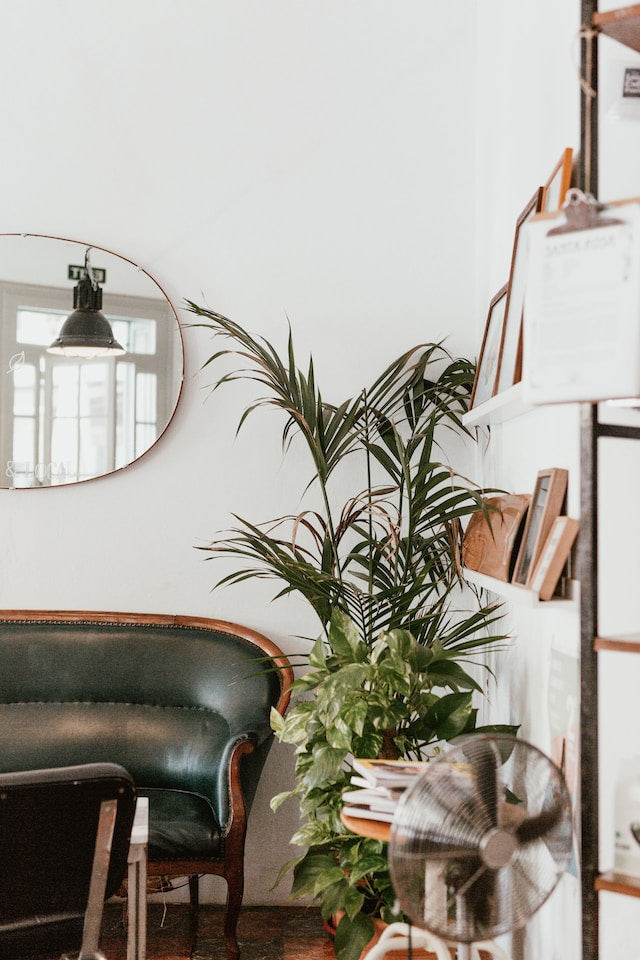
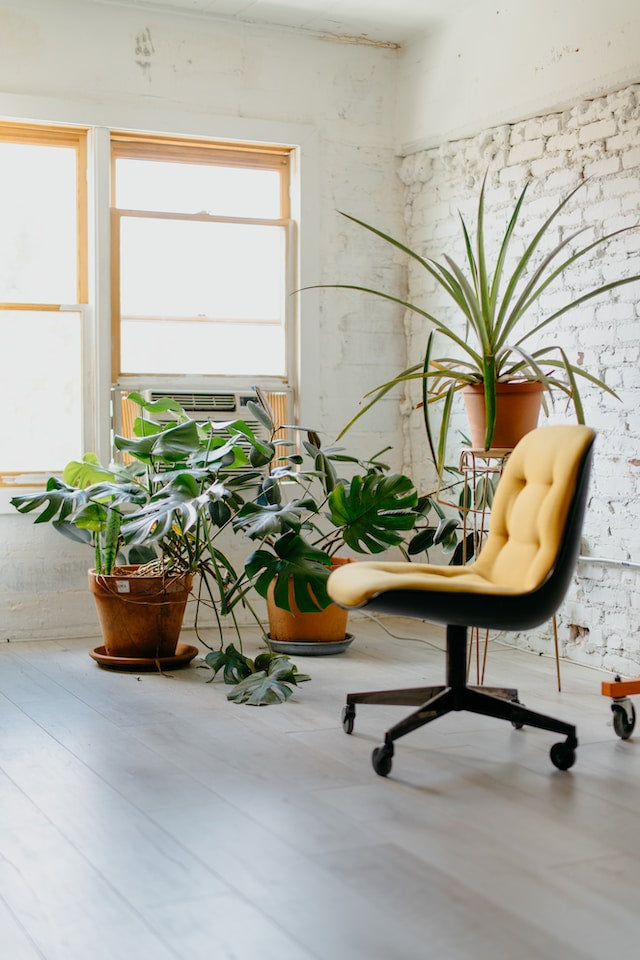
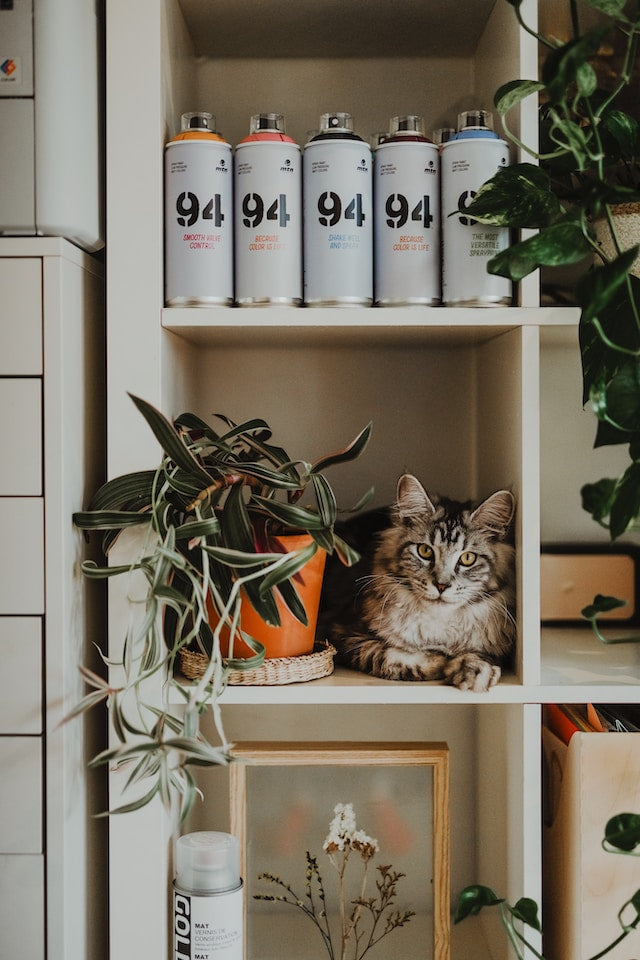
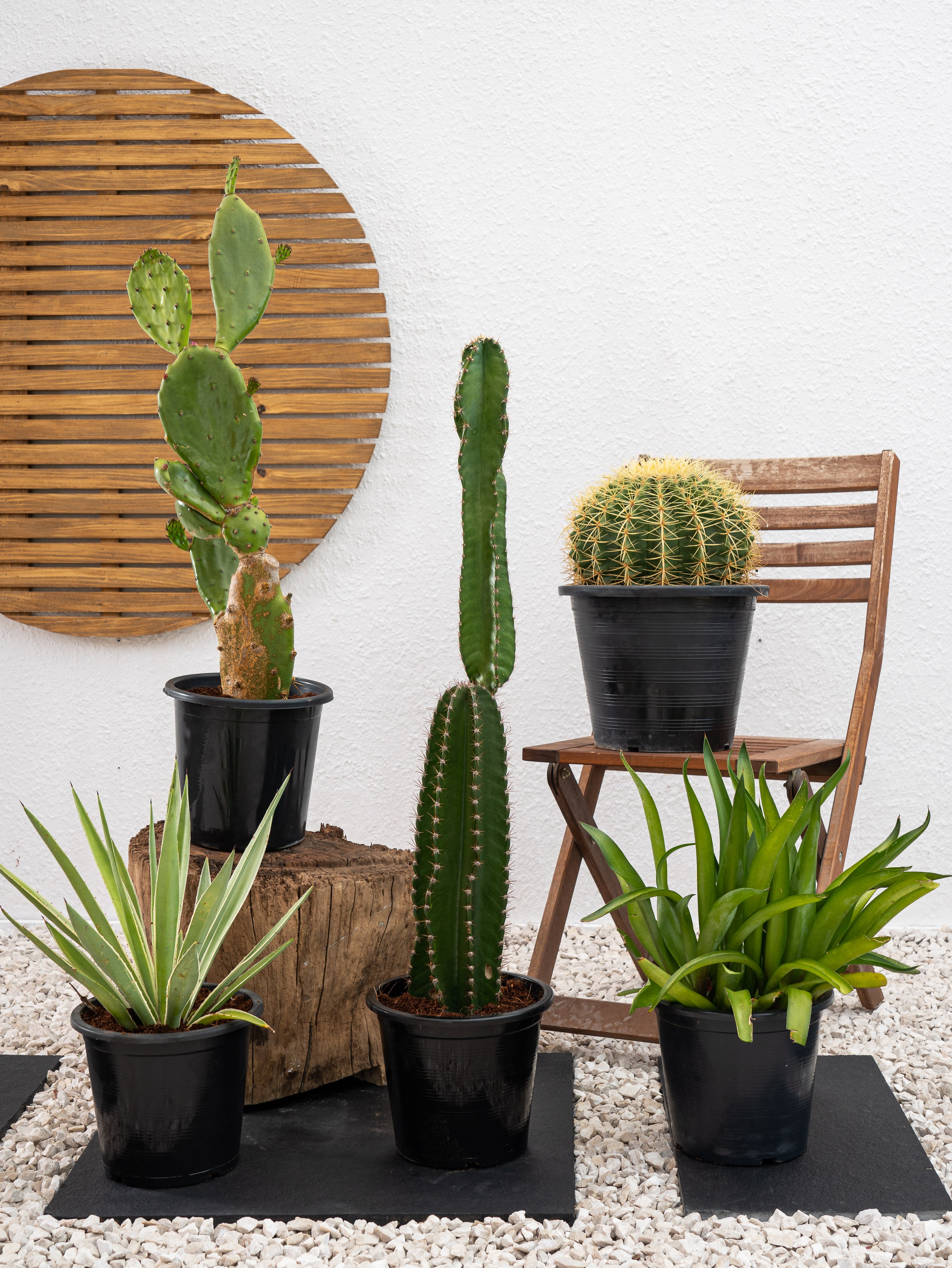

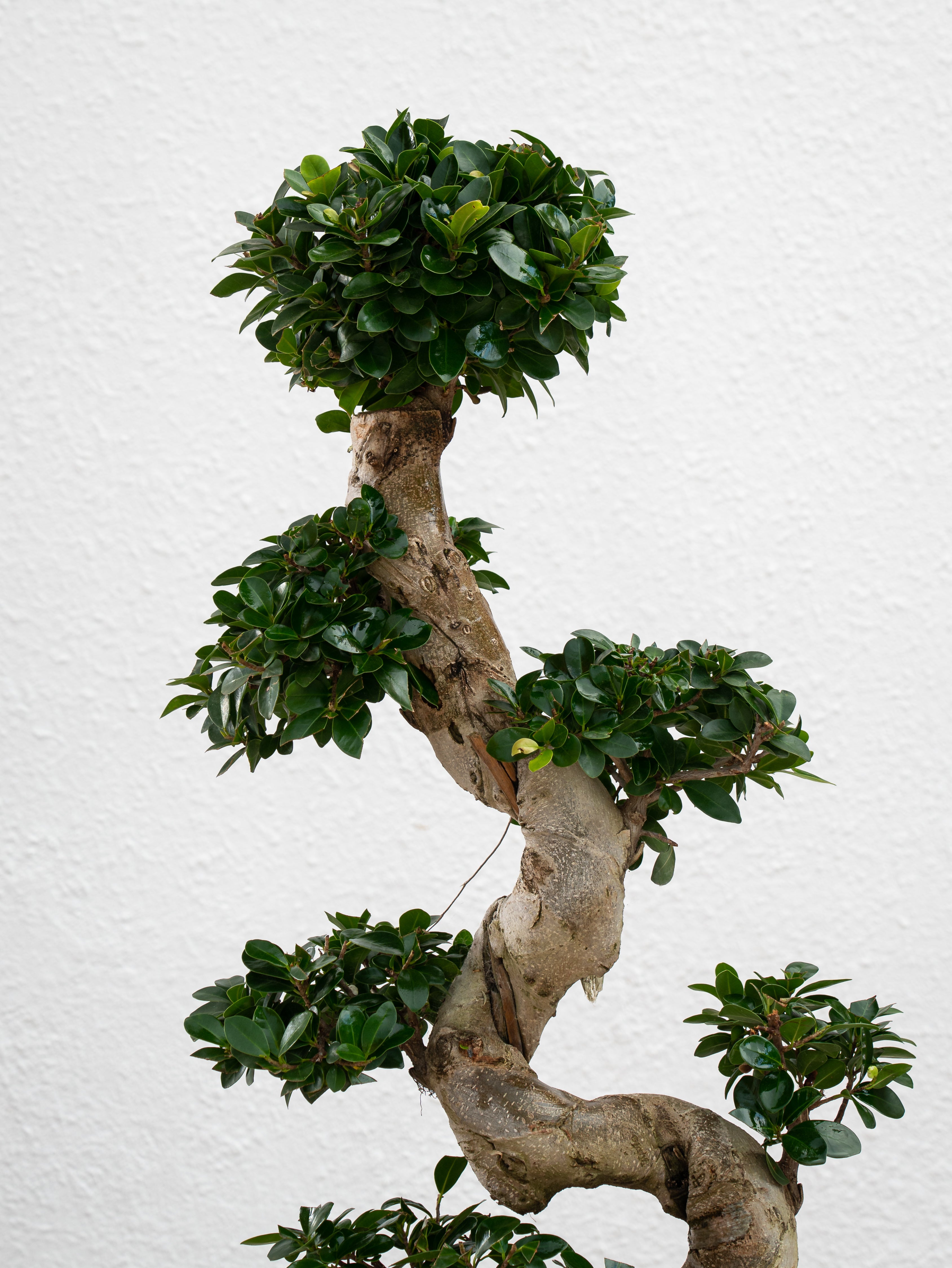
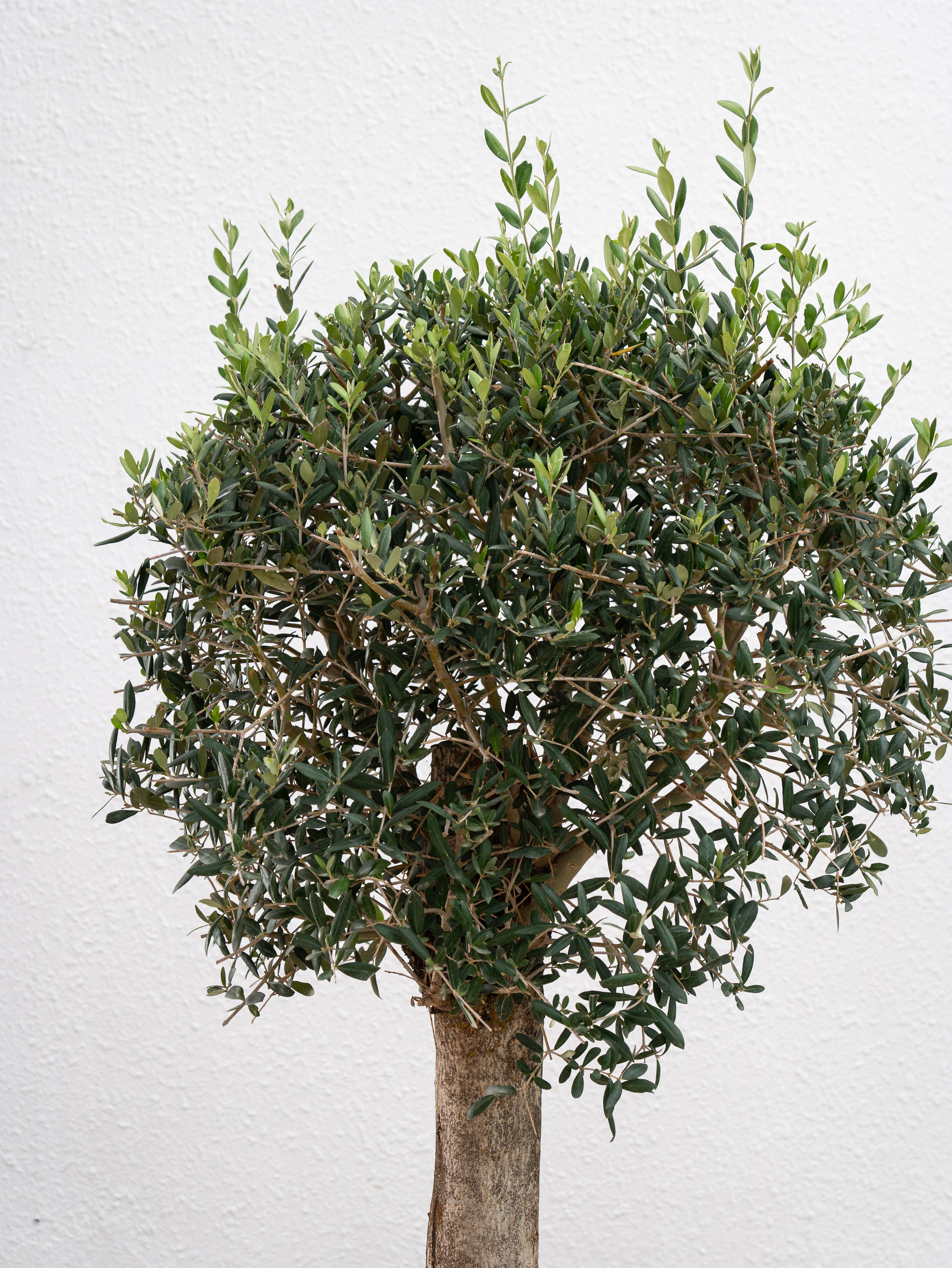


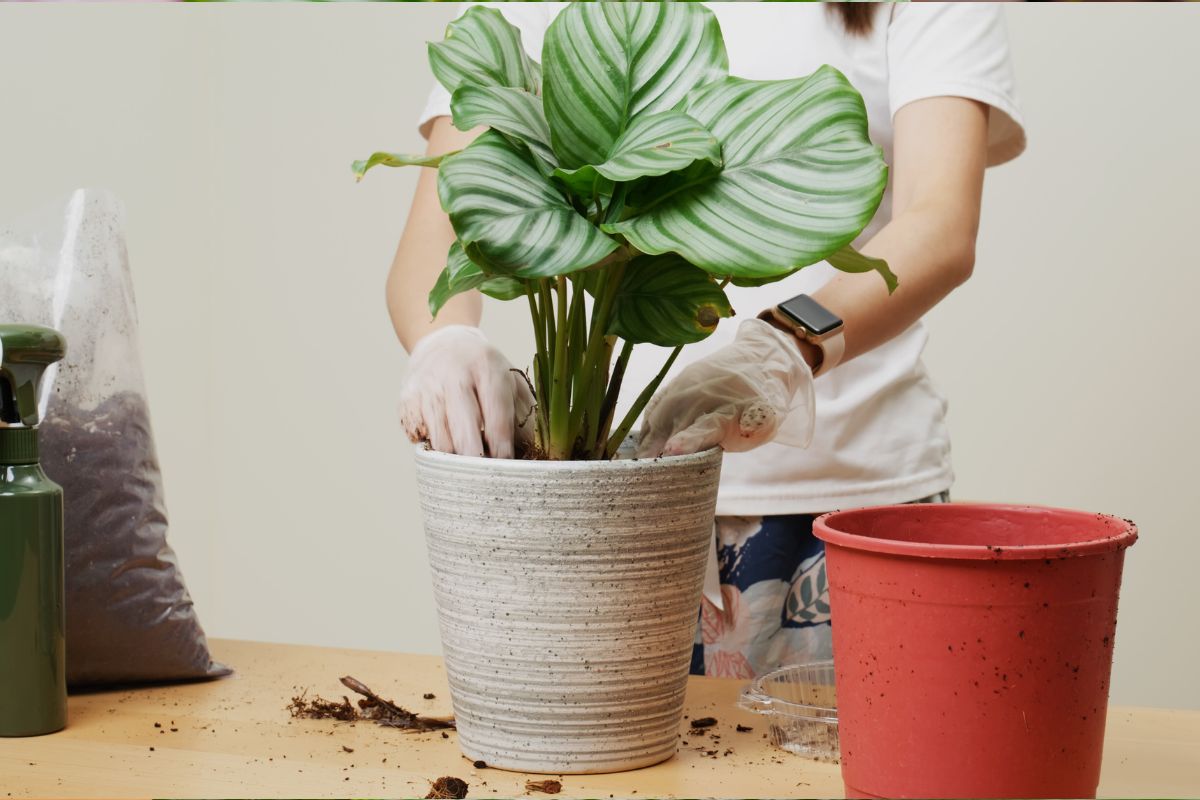
Leave a comment
This site is protected by hCaptcha and the hCaptcha Privacy Policy and Terms of Service apply.